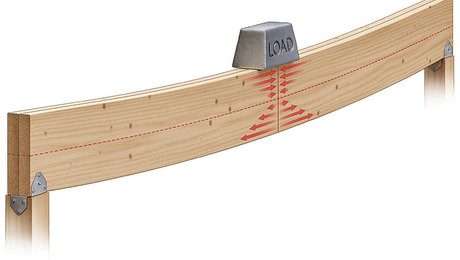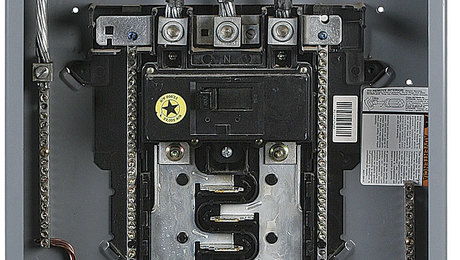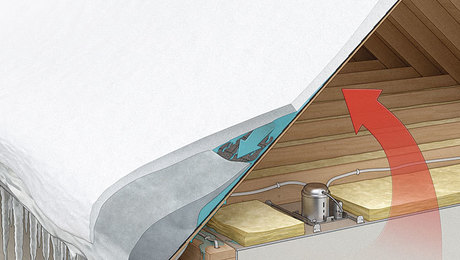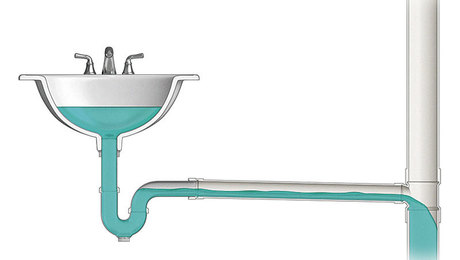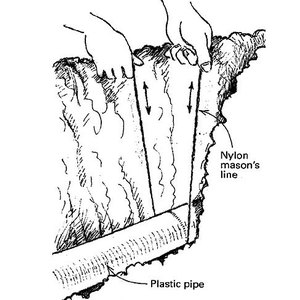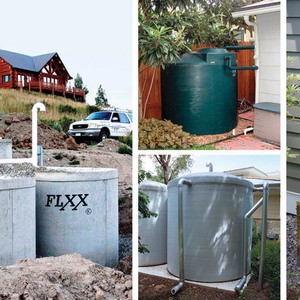How it Works: Septic Systems
The mechanics of your septic system.
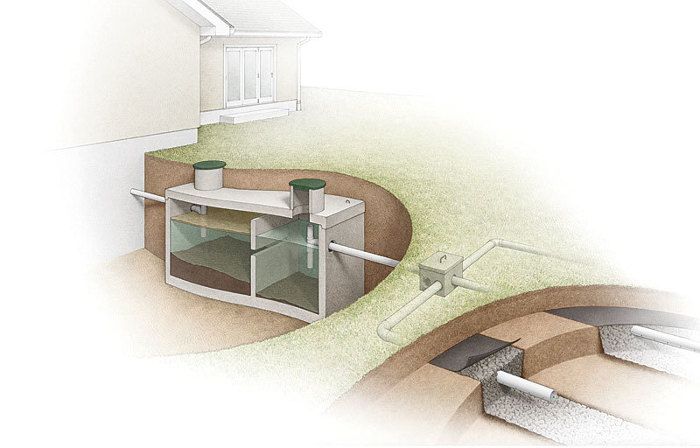
Synopsis: Nearly one in four American households depends on an on-site septic system for wastewater removal and treatment. Septic systems are similar to roofs: you never think about them unless they leak. There are different types of systems, and some are more complicated and expensive than others. In this “How It Works” article, Jefferson Kolle explains how septic systems rely on the simple fact that all organic material decomposes—a process involving microbes and their digestion. While you may not think of a septic system as beautiful, there is beauty in its organic simplicity.
Septic systems are similar to roofs: You never think about them unless they leak. They sit all but forgotten out there in the yard, silently taking care of whatever goes down your drain—that is, until a noxious puddle develops on your lawn or, worse, backs up into your sinks, toilets, and tubs.
Nearly one in four American households depends on an on-site septic system for wastewater removal and treatment. There are different types of systems, and some are more complicated and expensive than others. What’s installed is usually dictated by the size of your house, the topography and soil composition of your building lot, and what’s been approved by your local health inspector and building department. Unlike most other aspects of residential construction, there is no national code that applies to septic systems.
To work, septic systems rely on the simple fact that all organic material eventually decomposes—a process involving microbes and their digestion. While you may not think of a septic system as beautiful, there is beauty in its organic simplicity. Compared to the other systems in your house, a septic system is low-maintenance and, given a small level of attention, mostly trouble-free.
Some maintenance required
To keep a septic system functioning, pumping the tank is recommended every three to five years. Without this pumping, scum and sludge build up in the tank and flow out into the leach field, clogging pipes and gravel and causing the biomat to thicken to a point where it’s impermeable and fails to absorb effluent. The result is puddles of effluent in the yard, a sure sign of a failed system. Most professionals agree that so-called septic-system maintenance products that you flush down the toilet to keep a healthy microbe level in your septic tank are a waste of money. Unless you’re pouring huge quantities of microbe-killing paint solvents or gasoline down the drain on a regular basis, your septic system has all the natural organisms it needs to function properly
For diagrams and more about how septic systems operate, click the View PDF button below.
